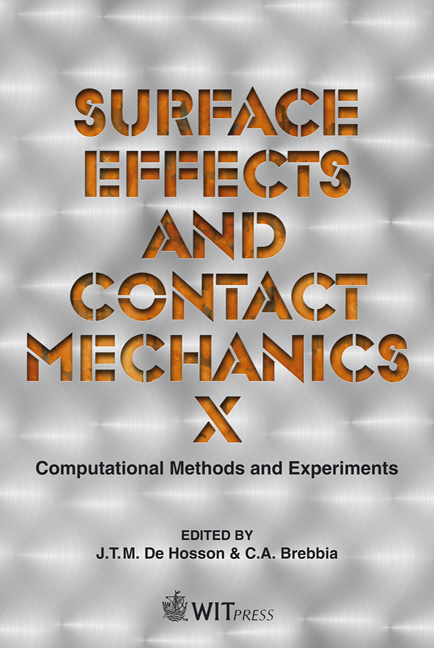A Numerical Model To Predict Residual Stresses Induced By Ultrasonic Shot Peening Treatment Of Inconel 600
Price
Free (open access)
Transaction
Volume
71
Pages
10
Page Range
75 - 84
Published
2011
Size
4,175 kb
Paper DOI
10.2495/SECM110071
Copyright
WIT Press
Author(s)
J. Li, T. Chaise, D. Nélias, S. Taheri, V. Robin, Ph. Gilles & G. Douchet
Abstract
During a repair welding process, the ultrasonic shot peening (USP) process can be used as the final finishing step. The aim is to introduce compressive residual stresses on the surface of the welded area in order to prevent the occurrence of cracking. Although the numerical simulation method is able to predict the state of residual stress in the peened part, the 3D models of the real USP process, in which many successive and shifted impacts take place, is very delicate and costly in terms of computing time and memory space required. In this paper, we propose a method based first on the calculation of the averaged inelastic strain tensor in a local representative area, and second on the transfer of this inelastic strain field in order to simulate the USP process. Experiments, similar to the \“Almen test”, are performed on a thin plate of Inconel 600. Numerical results in terms of distortions and residual stresses are compared with the experimental data. Keywords: Inconel 600, residual stress, ultrasonic shot peening, numerical simulation. 1 Introduction Inconel 600, a nickel-based alloy, is widely used in construction of nuclear reactors due to its excellent mechanical properties at high temperature and
Keywords
Inconel 600, residual stress, ultrasonic shot peening, numerical simulation





